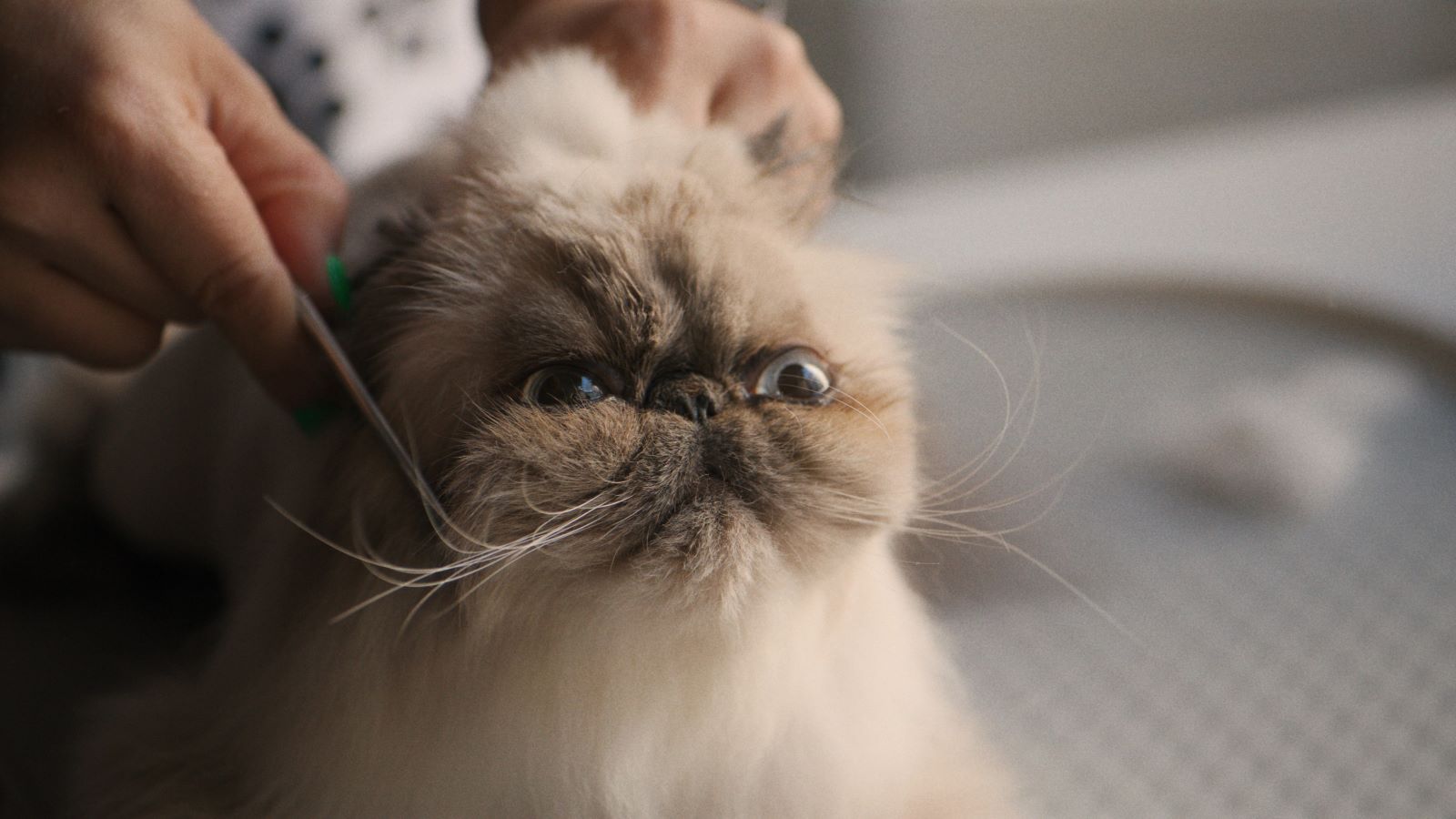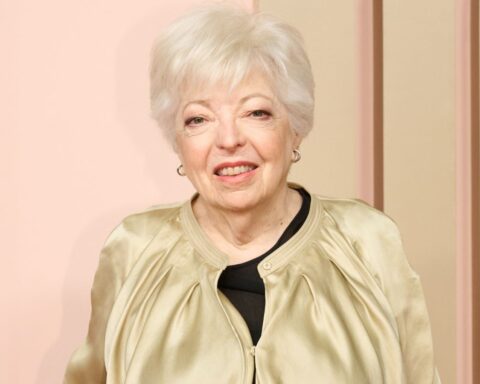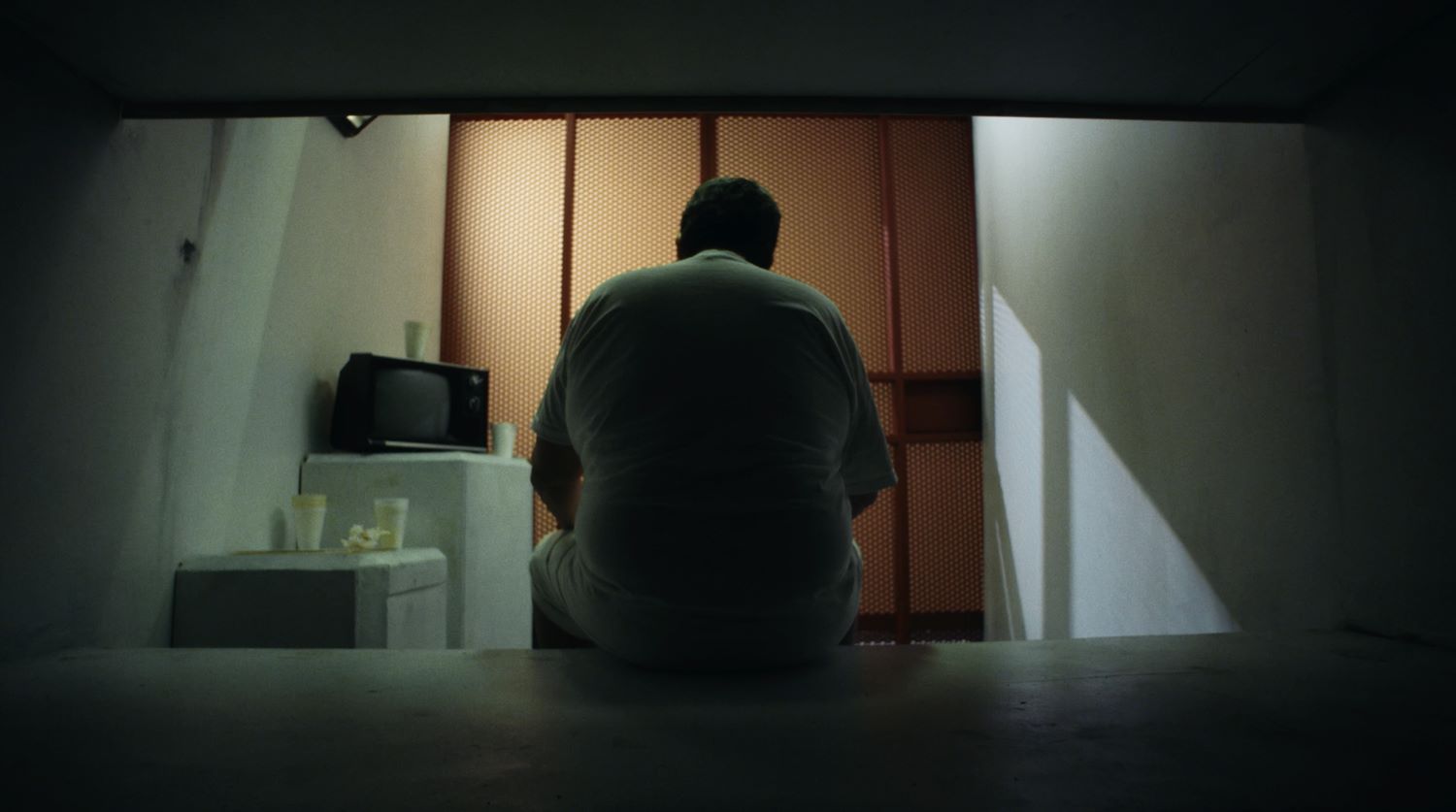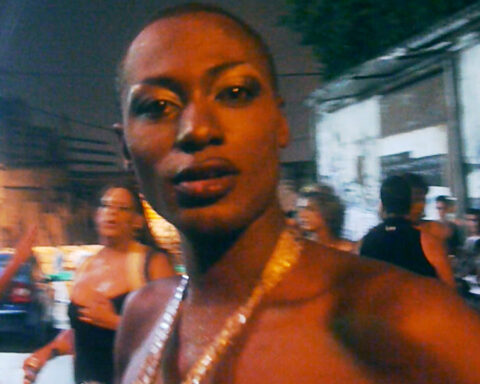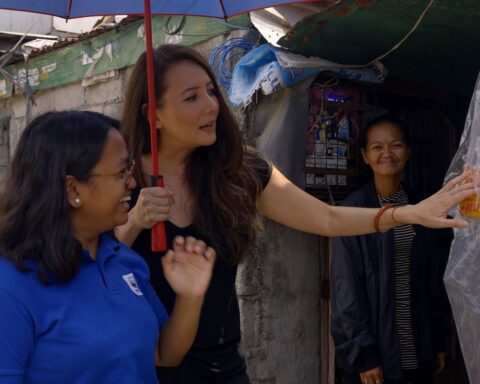American Cats: The Good, the Bad, and the Cuddly
(USA, 88 min.)
Dir. Todd Bieber
The claws come out in American Cats: The Good, the Bad, and the Cuddly. This fun and unexpectedly bold documentary tackles an inhumane practice wrought upon the internet’s favourite creatures: cats. Amy Hoggart, best known for her work on Full Frontal with Samantha Bee, serves as host in this investigation into the cruel business of cat declawing. One hardly expects American Cats to press as hard as it does after a first act that seems as fluffy as the furballs that fuel it. But beneath the stream of puns is a commitment to do justice to cats that provide hoomans with so much love and companionship. Come for the bleps, but stay for the journalistic rigour.
Hoggart introduces audiences to Nala, the most popular cat on Instagram. Boasting 4.5 million followers as of press time, Nala fetches her servant seven figures a year in endorsement sales. Hoggart pets Nala while the cuddly feline poses, models some catwear, and gets a check-up from the vet. Nala’s mansion that she lets her human stay in is filled with paintings, drawings, and sculptures bearing her likeness. They’re all from fans, offering an eye-opening illustration of the joy that one cat brings the world.
Beyond Nala, American Cats quickly charts the popularity of cats as domestic animals in North America. It turns out that cats enjoyed key roles on boats during wartime to keep vermin from infiltrating soldiers’ food. Long before Nala donned sunglasses in service of the ’gram, cats sported legit uniforms on the high seas. The film has an affinity for the eccentric sense of humour that seemingly unites cat people. Moreover, the film’s funny bone proves its secret weapon.
Moreover, every person Hoggart interviews about cat fancy seems to have a herd of felines on location. Cats roam, roll, purr, and demand attention as Hoggart and company discuss the joy of cats. There are chonky cats, skinny cats, fuzzy cats, mangy cats, playful cats, sleepy cats, tiny cats, old cats, and everything in between. The film invites viewers to enter a cat lovers’ paradise, which makes its investigation so effective.
American Cats asks why the American veterinary industry acts so cruelly to cats when the four-legged friends are agents of happiness. After playing with Nala, Hoggart speaks with Dr. Jennifer Conrad, a veterinarian and activist who fights for a ban on declawing. Dr. Conrad details the horrific reality of declawing, which vets tend to characterize as a simple procedure while upselling their customers. In actuality, it’s not just the claws (or nails) that vets remove. They amputate a cat’s toes on the last joint. It’s akin to clipping a cigar. This hacking means that cats have stumps that cause pain and discomfort as they walk around in their paws. Worse, bone and tissue fragments cause swelling and additional pain. The film shows how declawing amounts to institutional animal cruelty.
The documentary gives its point of view and doesn’t hide its eye for advocacy. Hoggart learns that the veterinarian industry makes a sizable lobbying effort to preserve declawing, frequently trumping legal breakthroughs, while letting bogus findings paint a false narrative in journals.
Dr. Conrad draws upon her work at zoos and on film shoots to explain how she noticed that magnificent large cats were limping in their cages. She tells how paw restoration is possible, but prevention is key. American Cats explores the army of misinformation that Dr. Conrad and the non-profit The Paw Project find themselves up against. Unsurprisingly, declawing proves a lucrative practice, raking in roughly a billion dollars annually for vets with a procedure that averages 11 minutes. Moreover, the documentary underscores how the procedure, which is only widely practiced in the USA, while Ontario is the only Canadian province that still allows declawing, exists simply to protect furniture. There’s no persuasive answer that justifies chopping off a cat’s little beans.
Chief among the misinformation campaigners is Peter Weinstein, a veterinarian who serves as the face of the pro-declawing movement. He frequently undermines Dr. Conrad by portraying her as a “crazy cat lady,” and doubles down on his brazen sexism later in the film with an interview that should leave viewers’ jaws agape. Hoggart, who is visibly pregnant in the film, finally tracks him down for some questions. Weinstein hits on her as soon as the camera starts rolling. His chauvinism ultimately makes him let his guard down as Hoggart proves very strategic in her line of questioning. American Cats finds one of the great “gotcha!” slip-ups in documentary this year.
But the interview that brings the quest full circle doesn’t draw from the Michael Moore school of theatrics. Instead, it builds upon the documentary’s deceptive design: it seems warm and cuddly and, like a rascally cat, pounces with a sneak attack. Hoggart’s questions and sense of humour build a sense of comfort with Weinstein that invites him to get comfortable and open up. That’s what great documentaries do, and American Cats certainly deserves a spot in the cat canon with Sans Soleil and Kedi.




